Cuzco
( Cusco )
Cusco or Cuzco ([ˈkusko]; Quechua: Qusqu ([ˈqɔsqɔ]) is a city in southeastern Peru near the Urubamba Valley of the Andes mountain range. It is the capital of the Cusco Region and of the Cusco Province. The city is the seventh most populous in Peru; in 2017, it had a population of 428,450. Its elevation is around 3,400 m (11,200 ft).
The city was the capital of the Inca Empire from the 13th century until the 16th-century Spanish conquest. In 1983, Cusco was declared a World Heritage Site by UNESCO with the title "City of Cuzco". It has become a major tourist destination, hosting nearly 2 million visitors a year. The Constitution of Peru (1993) designates it as the Historical Capital of Peru.
Historical affiliations
Kingdom of Cusco, 1197–1438![]() Inca Empire, 1438–1532
Inca Empire, 1438–1532![]() Kingdom of Spain – Habsburg (Governorate of New Castile and Viceroyalty of Peru), 1532–1700
Kingdom of Spain – Habsburg (Governorate of New Castile and Viceroyalty of Peru), 1532–1700 ![]() Kingdom of Spain – Bourbon (Viceroyalty of Peru), 1700–1808
Kingdom of Spain – Bourbon (Viceroyalty of Peru), 1700–1808 ![]() Kingdom of Spain – Bonaparte (Viceroyalty of Peru), 1808–1813
Kingdom of Spain – Bonaparte (Viceroyalty of Peru), 1808–1813 ![]() Kingdom of Spain – Bourbon (Viceroyalty of Peru), 1813–1821
Kingdom of Spain – Bourbon (Viceroyalty of Peru), 1813–1821 ![]() Protectorate of Peru, 1821–1822
Protectorate of Peru, 1821–1822![]() Peru, 1822–1836
Peru, 1822–1836![]() Peru–Bolivian Confederation (Republic of South Peru), 1836–1839
Peru–Bolivian Confederation (Republic of South Peru), 1836–1839 ![]() Peru, 1839–present
Peru, 1839–present
The Killke people occupied the region from 900 to 1200 CE, prior to the arrival of the Inca in the 13th century. Carbon-14 dating of Saksaywaman, the walled complex outside Cusco, established that Killke constructed the fortress about 1100 CE. The Inca later expanded and occupied the complex in the 13th century. In March 2008, archeologists discovered the ruins of an ancient temple, roadway and aqueduct system at Saksaywaman.[1] The temple covers some 2,700 square feet (250 square meters) and contains 11 rooms thought to have held idols and mummies,[1] establishing its religious purpose. Together with the results of excavations in 2007, when another temple was found at the edge of the fortress, this indicates a longtime religious as well as military use of the facility.[2]
Inca history

 Sacsayhuamán is an Inca ceremonial fortress located two kilometers north from Cusco: the greatest architectural work by the Incas during their apogee.
Sacsayhuamán is an Inca ceremonial fortress located two kilometers north from Cusco: the greatest architectural work by the Incas during their apogee.Cusco was long an important center of indigenous people. It was the capital of the Inca Empire (13th century – 1532). Many believe that the city was planned as an effigy in the shape of a puma, a sacred animal.[3] How Cusco was specifically built, or how its large stones were quarried and transported to the site remain undetermined. Under the Inca, the city had two sectors: the urin and hanan. Each was divided to encompass two of the four provinces, Chinchasuyu (NW), Antisuyu (NE), Kuntisuyu (SW) and Qullasuyu (SE). A road led from each quarter to the corresponding quarter of the empire.
Each local leader was required to build a house in the city and live part of the year in Cusco, restricted to the quarter that corresponded to the quarter in which he held territory. After the rule of Pachacuti, when an Inca died, his title went to one son and his property was given to a corporation controlled by his other relatives (split inheritance). Each title holder had to build a new house and add new lands to the empire in order to own land for his family to keep after his death.
According to Inca legend, the city was rebuilt by Sapa Inca Pachacuti, the man who transformed the Kingdom of Cuzco from a sleepy city-state into the vast empire of Tawantinsuyu.[4]: 66–69 Archeological evidence, however, points to a slower, more organic growth of the city beginning before Pachacuti. The city was constructed according to a definite plan in which two rivers were channeled around the city. Archeologists have suggested that this city plan was replicated at other sites.
The city fell to the sphere of Huáscar during the Inca Civil War after the death of Huayna Capac in 1528. It was captured by the generals of Atahualpa in April 1532 in the Battle of Quipaipan. Nineteen months later, Spanish explorers invaded the city after kidnapping and murdering Atahualpa (see Battle of Cuzco), and gained control.
After the Spanish invasion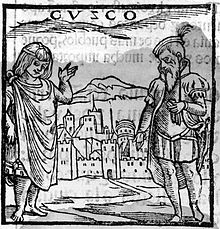 The first image of Cusco in Europe. Pedro Cieza de León. Crónica del Perú, 1553.
The first image of Cusco in Europe. Pedro Cieza de León. Crónica del Perú, 1553.The first three Spaniards arrived in the city in May 1533, after the Battle of Cajamarca, collecting for Atahualpa's Ransom Room. On 15 November 1533 Francisco Pizarro officially arrived in Cusco. "The capital of the Incas ... astonished the Spaniards by the beauty of its edifices, the length and regularity of its streets." The great square was surrounded by several palaces, since "each sovereign built a new palace for himself." "The delicacy of the stone work excelled" that of the Spaniards'. The fortress had three parapets and was composed of "heavy masses of rock". "Through the heart of the capital ran a river ... faced with stone. ... The most sumptuous edifice in Cuzco ... was undoubtedly the great temple dedicated to the Sun ... studded with gold plates ... surrounded by convents and dormitories for the priests. ... The palaces were numerous and the troops lost no time in plundering them of their contents, as well as despoiling the religious edifices," including the royal mummies in the Coricancha.[5]: 186–187, 192–193, 216–219
Pizarro ceremoniously gave Manco Inca the Incan fringe as the new Peruvian leader.[5]: 221 Pizarro encouraged some of his men to stay and settle in the city, giving out repartimientos, or land grants to do so.[6]: 46 Alcaldes were established and regidores on 24 March 1534, which included the brothers Gonzalo Pizarro and Juan Pizarro. Pizarro left a garrison of 90 men and departed for Jauja with Manco Inca.[5]: 222, 227
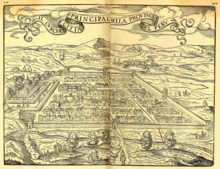 Map showing the city of Cusco during the Inca Empire. Painting of 1565 by Giovanni Battista Ramusio.[7][8][9]
Map showing the city of Cusco during the Inca Empire. Painting of 1565 by Giovanni Battista Ramusio.[7][8][9] View of Hatun Rumiyuq Street. Many of the colonial constructions used the city's Inca constructions as a base.[10]
View of Hatun Rumiyuq Street. Many of the colonial constructions used the city's Inca constructions as a base.[10]Pizarro renamed it as the "very noble and great city of Cuzco". Buildings often constructed after the Spanish invasion have a mixture of Spanish influence and Inca indigenous architecture, including the Santa Clara and San Blas neighborhoods. The Spanish destroyed many Inca buildings, temples and palaces. They used the remaining walls as bases for the construction of a new city, and this stone masonry is still visible.
Father Vincente de Valverde became the Bishop of Cusco and built his cathedral facing the plaza. He supported construction of the Dominican Order monastery (Santo Domingo Convent) on the ruins of the Corichanca, House of the Sun, and a convent at the former site of the House of the Virgins of the Sun.[5]: 222
During the Siege of Cuzco of 1536 by Manco Inca Yupanqui, a leader of the Sapa Inca, he took control of the city from the Spanish. Although the siege lasted 10 months, it was ultimately unsuccessful. Manco's forces were able to reclaim the city for only a few days. He eventually retreated to Vilcabamba, the capital of the newly established small Neo-Inca State. There his state survived another 36 years but he was never able to return to Cuzco. Throughout the conflict and years of the Spanish colonization of the Americas, many Incas died of smallpox epidemics, as they had no acquired immunity to a disease by then endemic among Europeans.
Cusco was built on layers of cultures. The Tawantinsuyu (former Inca Empire) was built on Killke structures. The Spanish replaced indigenous temples with Catholic churches, and Inca palaces with mansions for the invaders.
Cusco was the center for the Spanish colonization and spread of Christianity in the Andean world. It became very prosperous thanks to agriculture, cattle raising and mining, as well as its trade with Spain. The Spanish colonists constructed many churches and convents, as well as a cathedral, university and archdiocese.
 View in the Plaza del Cabildo, Cuzco in 1877 by Ephraim George Squier[11]
View in the Plaza del Cabildo, Cuzco in 1877 by Ephraim George Squier[11]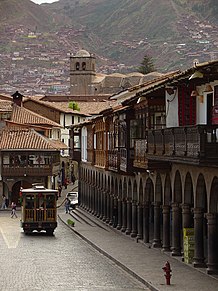 A view of the Colonial Balconies of CuscoPresent
A view of the Colonial Balconies of CuscoPresent
A major earthquake on 21 May hit in 1950, and caused damage in more than one third of the city's structures. The Dominican Priory and Church of Santo Domingo, which were built on top of the impressive Qurikancha (Temple of the Sun), were among the affected colonial era buildings. Inca architecture withstood the earthquake. Many of the old Inca walls were at first thought to have been lost after the earthquake, but the granite retaining walls of the Qurikancha were exposed, as well as those of other ancient structures throughout the city. Restoration work at the Santo Domingo complex exposed the Inca masonry formerly obscured by the superstructure without compromising the integrity of the colonial heritage.[12] Many of the buildings damaged in 1950 had been impacted by an earthquake only nine years previously.[13]
Since the 1990s, tourism has increased. Currently, Cusco is the most important tourist destination in Peru. Under the administration of mayor Daniel Estrada Pérez, a staunch supporter of the Academia Mayor de la Lengua Quechua, between 1983 and 1995 the Quechua name Qosqo was officially adopted for the city. Tourism in the city was drastically affected by the COVID-19 pandemic in Peru and the 2022–2023 Peruvian protests, with the latter event costing the area 10 million soles daily.[14]
Honors In 1933, the Congress of Americanists met in La Plata, Argentina, and declared the city as the Archeological Capital of the Americas. In 1978, the 7th Convention of Mayors of Great World Cities met in Milan, Italy, and declared Cusco a Cultural Heritage of the World. In 1983, UNESCO, in Paris, France, declared the city a World Heritage Site. The Peruvian government declared it the Tourism Capital of Peru and Cultural Heritage of the Nation. In 2001, in Cusco, the Latin American Congress of Aldermen and Councillors awarded Cusco the title of Historical Capital of Latinamerica.[15] In 2007 the Organización Capital Americana de la Cultura awarded Cusco the title of Cultural Capital of America.[15] In 2007, the New7Wonders Foundation designated Machu Picchu one of the New Seven Wonders of the World, following a worldwide poll.[16]

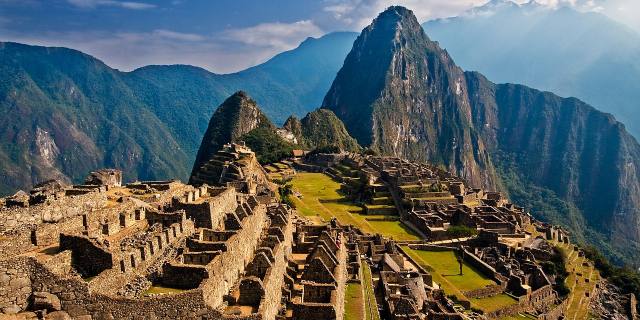



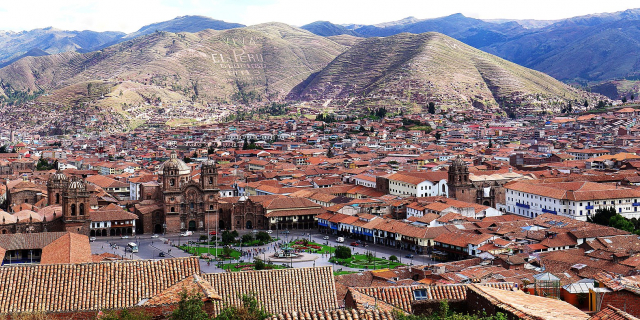
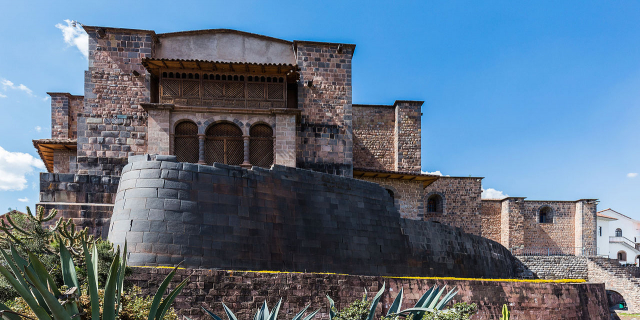

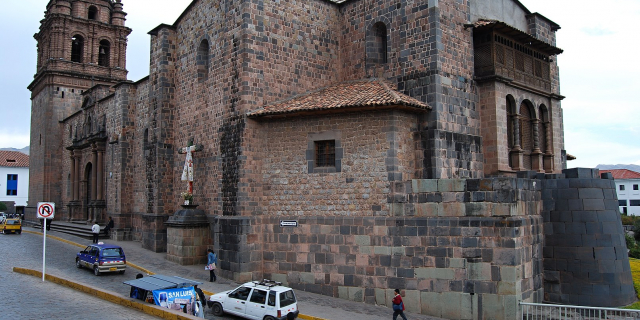



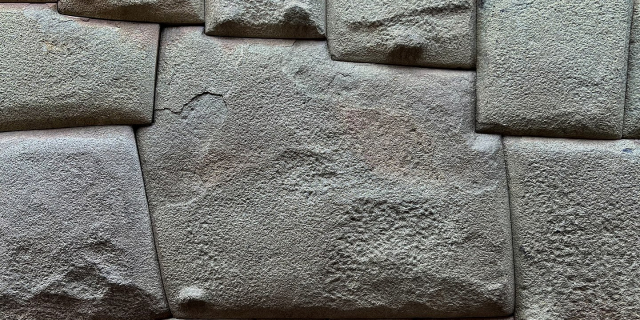
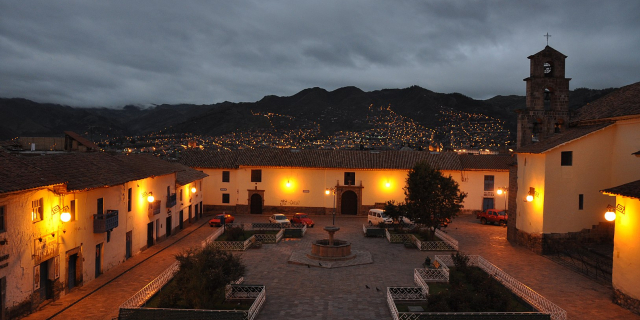


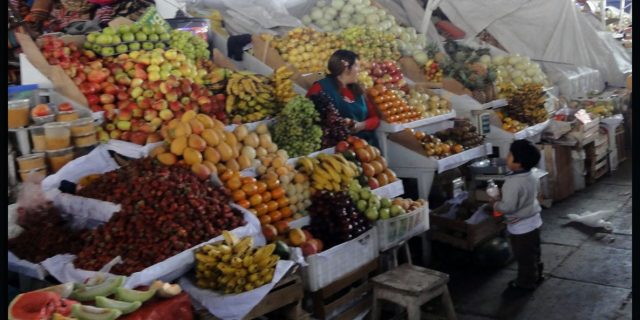

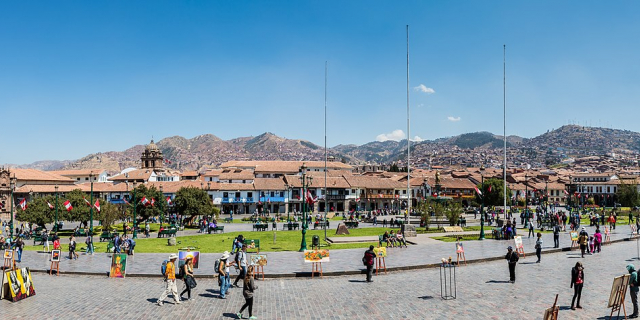
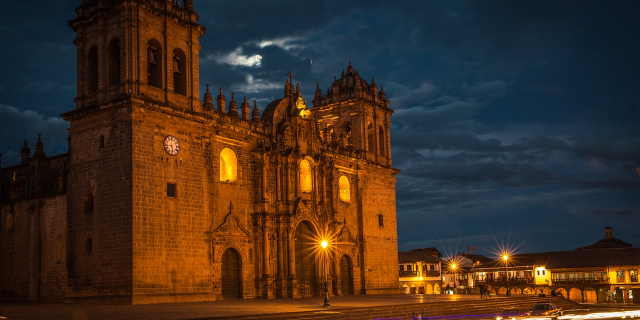
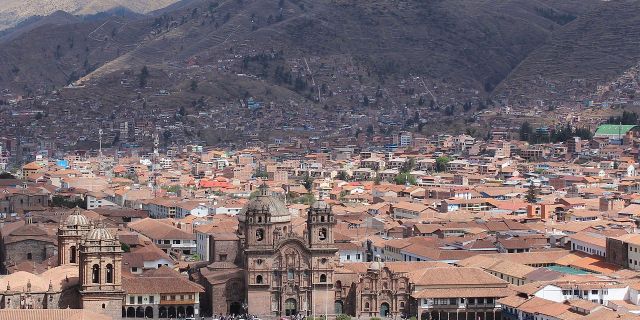



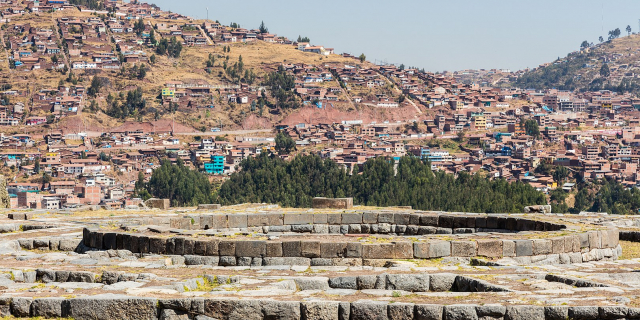







Add new comment